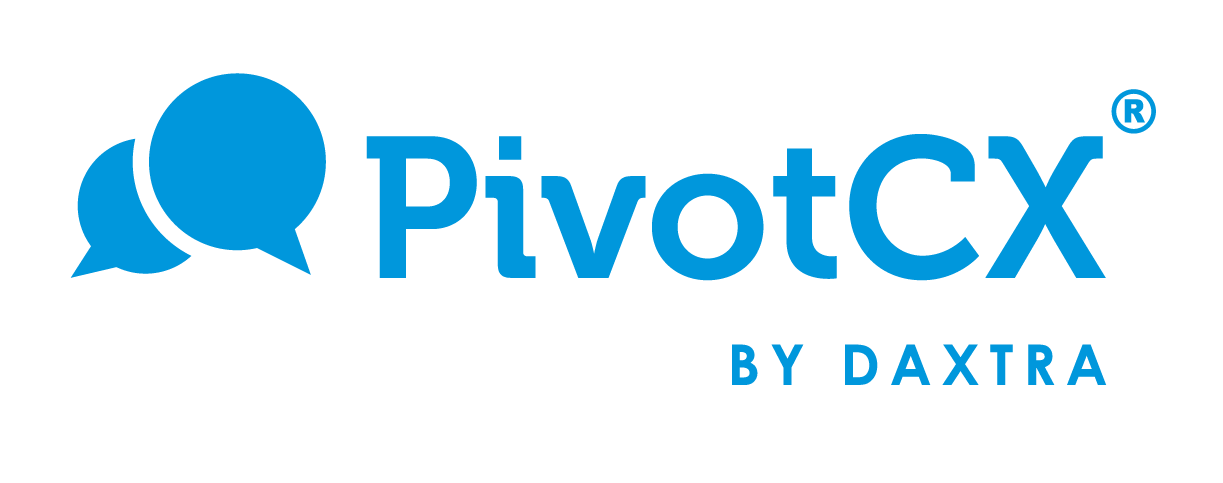
Workforce: Rethinking Talent Models
Not only have workforce demographics changed over the last 30 years—collectively making the workforce older and more diverse—but the very social contract between employers and employees has altered dramatically as well. Organizations now have a broad continuum of options for finding workers, from hiring traditional full-time employees to availing themselves of managed services and outsourcing, independent contractors, gig workers, and crowdsourcing. These newer workforce types are available to solve problems, get work done, and help leaders build more flexible and nimble organizations (figure 2). Alternative workers are growing in number; currently, 35 percent of the US workforce is in supplemental, temporary, project, or contract-based work. This percentage is growing as well—for example, the freelance workforce is growing faster than the total workforce, up 8.1 percent compared to 2.6 percent of all employees.
As labor-sourcing options increase, it opens up the possibility for more efficiency and creativity in composing an organization’s workforce. But with more options often comes more complexity. Employers should not only consider how roles are crafted when pairing humans with machines, but also the arrangement of their human workforce and what type(s) of employment are best suited to obtain the creativity, passion, and skill sets needed for the work at hand. Orchestrating this complex use of different workforce segments might require new models. It could fundamentally change our view of the employee life cycle from the traditional “attract, develop, and retain” model to one where the key questions are how organizations should access, curate, and engage workforces of all types (see the sidebar, “Beyond the employee life cycle”).
Organizations have an opportunity to optimize the organizational benefits of each type of talent relationship while also providing meaningful and engaging options for a wide variety of worker needs and motivations. However, making the most of the opportunity could require a complete rethinking of talent models in a way that allows organizations to carefully match people’s motivations and skills with the organization’s work needs.
Access. How do you tap into capabilities and skills across your enterprise and the broader ecosystem? This includes sourcing from internal and external talent marketplaces and leveraging and mobilizing on- and off-balance sheet talent.
Curate. How do you provide employees—ecosystem talent—and teams with the broadest and most meaningful range of development? This includes work experiences that are integrated into the flow of their work, careers, and personal lives.
Engage. How do you interact with and support your workforces, business teams, and partners to build compelling relationships? This includes multidirectional careers in, across, and outside of the enterprise; and for business leaders and teams, providing insights to improve productivity and impact while taking advantage of new ways of teaming and working.
Deloitte Consulting LLP – © 2021
Imagine being able to engage your applicants within five minutes of application, then engaged in human-to-human interaction starting in seconds. PivotCX can make this process happen. See our 90-second video explaining how PivotCX can help you get to the right talent fast so you can Pick First.



